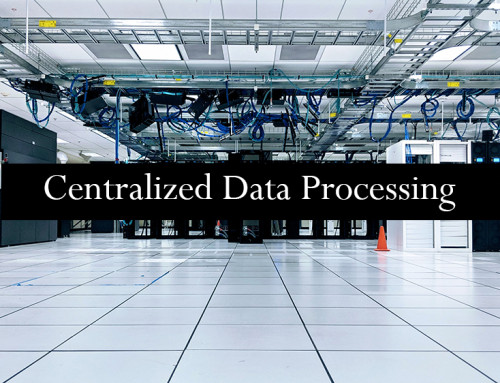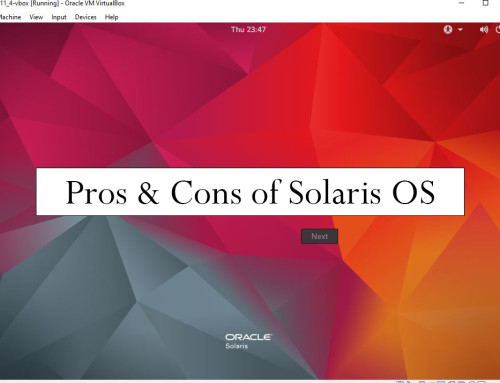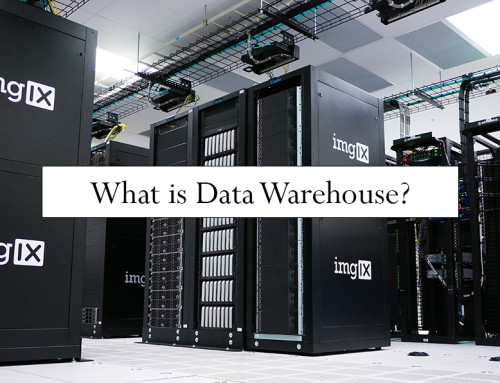Definition of Executive Information System (EIS)
An executive information system (EIS) is a decision support system that helps top executives of the organization to make decisions.
EIS uses both internal and external information to make decisions.
Internal information is the information gathered within the organization and external information is the information that is gathered outside the organization.
The internal information is the profit/loss of the own company while external information is the profile/loss of competitive companies.
The executive management of the company analyzes data of the company through statistical graphs. The executives check the latest trends in the market and then make decisions on how to make improvements in the company.

Features of Executive Information System (EIS)
Some features of executive information systems include:-
Easy to use:
EIS made it easy to present data to the executive staff of the company. The executive can check the details of the data easily.
Integration of data:
Internal and external data of the company are integrated and final decisions are made after that integration of data.
Forecasting:
The future planning of the company is made after analyzing the data of the company.
Accessible to multiple devices:
EIS can be accessed on multiple devices. The EIS software can be used on smartphones, tablets, laptops or desktop PC.
Data is secured:
The data in EIS is secured from hackers. Also, data is only used by executives and other employees of the company are restricted to access that data. The privacy of data is kept safe and only authorized people can have access to the data.
Examples of Executive Information System (EIS)
Some examples of EIS are:-
Marketing teams:
Marketing teams use EIS to market their services and analyze the marketing data of the company. The profit of the company is increased by using EIS.
Used by the financial department:
The financial department of the company uses EIS for making income statements, balance sheets and financial statements.
Hiring department:
The hiring department of the company uses EIS to analyze the CVs of applicants and check their abilities and skills and then make decisions to shortlist applicants for interviews.




